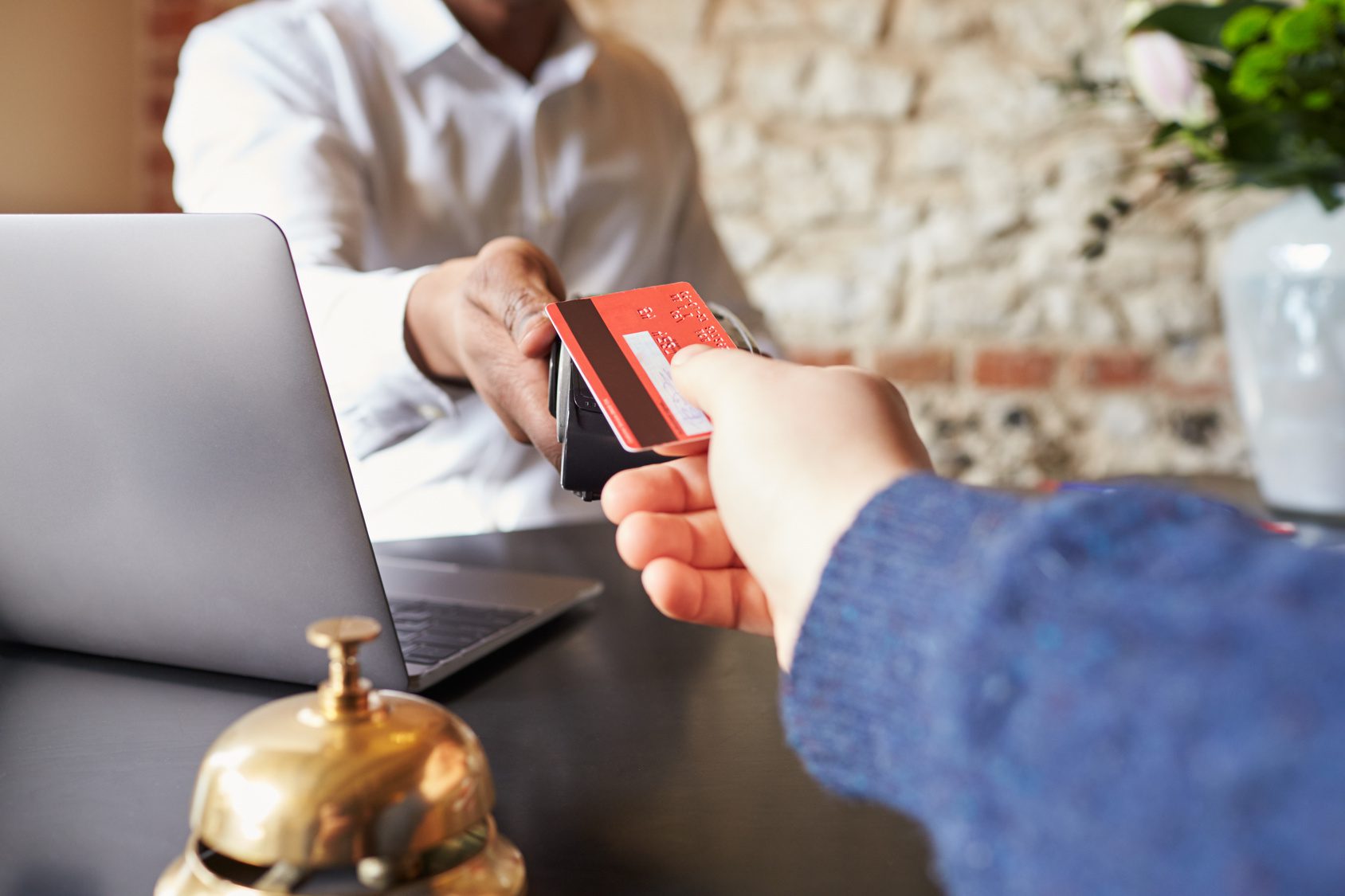Mobile payments are here to stay—too bad many merchants cannot easily get there. As the following article reports, there are many challenges to overcome, not the least of which are technology integration costs plus a less than enthusiastic consumer.
While big banks and tech giants are selling the idea of faster, safer retail transactions, retailers have a harder time getting on board. In the past three years, Apple, Samsung and Google all launched mobile wallets. In November, JPMorgan Chase and Citibank launched their Chase Pay and Citi Pay programs. In theory, there are tools retailers can easily implement, but they’ve hit the breaks for three reasons: Legacy retail giants are still focused more on cutting costs than improving the customer experience; overhauling hardware and software is enormously complex; and consumers need more incentives to use mobile payments on a daily basis.
“Before you worry about integration, you’ve got to have a business strategy that appreciates innovation and makes it a priority,” said David Sica, a principal at Nyca Partners, a fintech venture capital firm. “Once you have a plan for what you’re going to do at X retailer, then the integration is certainly doable, but you’ve got to put resources and people behind it, and it’s going to cost money.” One reason retailers haven’t responded as quickly is that consumer demand for such services has been low. Most consumers don’t see why they should change their habits at checkout even though mobile payments are said to be more secure. When they do, mobile payments will start to gain adoption by retailers, said Morgan McAlenney, evp of The Integer Group’s digital arm.
Like Starbucks, Walmart, CVS, Tesco and Carrefour also built their own systems. Other retailers will partner with Apple, Samsung and Android, which already have big consumer bases with access to their pay products through their smart phones. It’s unclear which way the banks will go, given the constant changes in technology.
Mobile payment adoption has grown more slowly than expected and will take longer than expected to receive widespread adoption. Most shoppers don’t use mobile pay since they perceive no advantage over plastic cards. Additionally, many stores have not effectively trained their staffs on mobile pay checkout procedures. Mobile pay providers and merchants need to integrate more features beyond simply the payment transaction. If they build an engaging mobile pay application, customers will follow.
Overview by Raymond Pucci, Associate Director, Research Services at Mercator Advisory Group
Read the full story here











